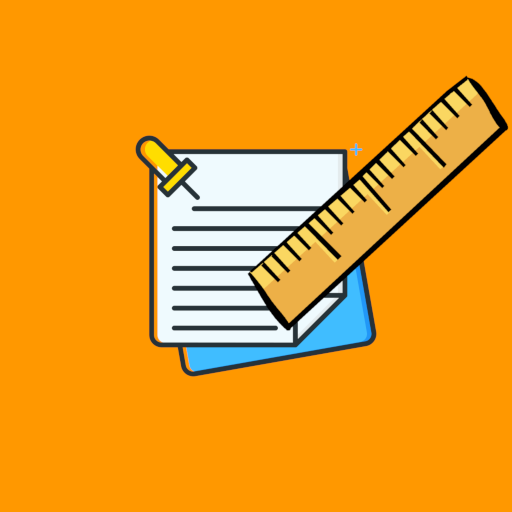
The metric and imperial measurement systems are two of the most widely used systems for measuring length, area, volume, weight and temperature. Both have their advantages and disadvantages depending on what you need to measure. In this article we will explore the differences between these two popular measurement systems so that you can make an informed decision when it comes time to choose which one is right for your needs.
A system of measurement is a collection of units of measurement and rules relating them to each other. The history of metric and imperial measurements is a long and complex one, with many different systems of measurement being used throughout the world at different times.
The first known system of measurement was developed by the ancient Egyptians around 3000 BC. This system, which was based on the length of the human arm, was later adopted by the Romans and continued to be used in Europe for many centuries.
In the late 18th century, scientists began to develop a more precise system of measurement, known as the metric system. This system was based on the metre (m), a unit of length equal to 1/10,000,000th of the distance from the equator to the North Pole. The metric system was first officially adopted in France in 1795 and later spread to other countries, including much of Europe and South America.
The imperial system of measurement, which is still used in some parts of the world today, was developed in England in 1824. This system is based on units such as the pound (lb) and the gallon (gal). In this system, there are 12 inches (in) in a foot (ft), 3 feet in a yard (yd), 2 yards in a chain (ch), 100 links in a chain, 10 chains or 1 furlong in a statute mile (mi), 8 furlongs in a League [land measure] (lea) and so on.
While both the metric and imperial systems have their strengths and weaknesses, the metric system is now widely used around the world and is gradually replacing imperial units in many countries.
There are various measuring systems in use around the world, but the two most common are the metric system and imperial system. Let's take a look at the differences between these two systems, shall we?
The metric system is based on the decimal system, with units such as meters, centimeters, and millimeters. The imperial system, on the other hand, is based on customary units like inches, feet, and miles.
One big difference between these two systems is accuracy. The metric system is much more accurate than the imperial system. This is because the metric system is based on powers of ten, which makes it easier to calculate small values. The imperial system, on the other hand, uses fractional values which can be difficult to work with.
Another difference between these two systems is how they are used. The metric system is used extensively in scientific applications due to its accuracy. The imperial system, on the other hand, is more commonly used in everyday applications like construction or cooking.
So, which system should you use? It really depends on what you need it for. If you need a highly accurate measurement, then go with the metric system. If you just need a general idea of something's size or quantity, then the imperial system will do just fine.
In the world of measurement, there are two major systems in use: the metric system and the imperial system. Though both systems have their own advantages and disadvantages, the metric system is slowly becoming the more popular choice for many countries. This is due in part to the fact that the metric system is far easier to understand and use than the imperial system.
The metric system is based on units of ten, which makes it very easy to calculate conversions. The imperial system, on the other hand, is based on a variety of different units that can make conversions difficult to calculate. In addition, the metric system uses only one basic unit of measurement for all types of measurements (such as length, weight, and volume), while the imperial system has different units for each type of measurement. This can make it confusing for people who are not familiar with the imperial system.
The metric system is also preferred by many scientists and engineers because it is more precise than the imperial system. The imperial system often uses approximate measurements, while the metric system uses exact measurements. This means that when scientists or engineers are working with very small or very large numbers, they can be sure that their calculations are accurate when using the metric system.
Despite its advantages, there are some drawbacks to using the metric system. For example, it can be difficult to find common everyday items that are sold in metric units. In addition, some people find it difficult to get used to thinking in terms of metrics instead of feet, pounds, or inches. However, these drawbacks are slowly disappearing as more and more countries adopt the metric system as their primary form of measurement.
The metric and imperial measurement systems are both widely used in different parts of the world. While the metric system is more commonly used, there are still many places that use the imperial system for certain measurements. Ultimately, it comes down to personal preference as to which one you choose to use when measuring something. Both have their advantages and disadvantages but they can be easily converted between each other if needed.